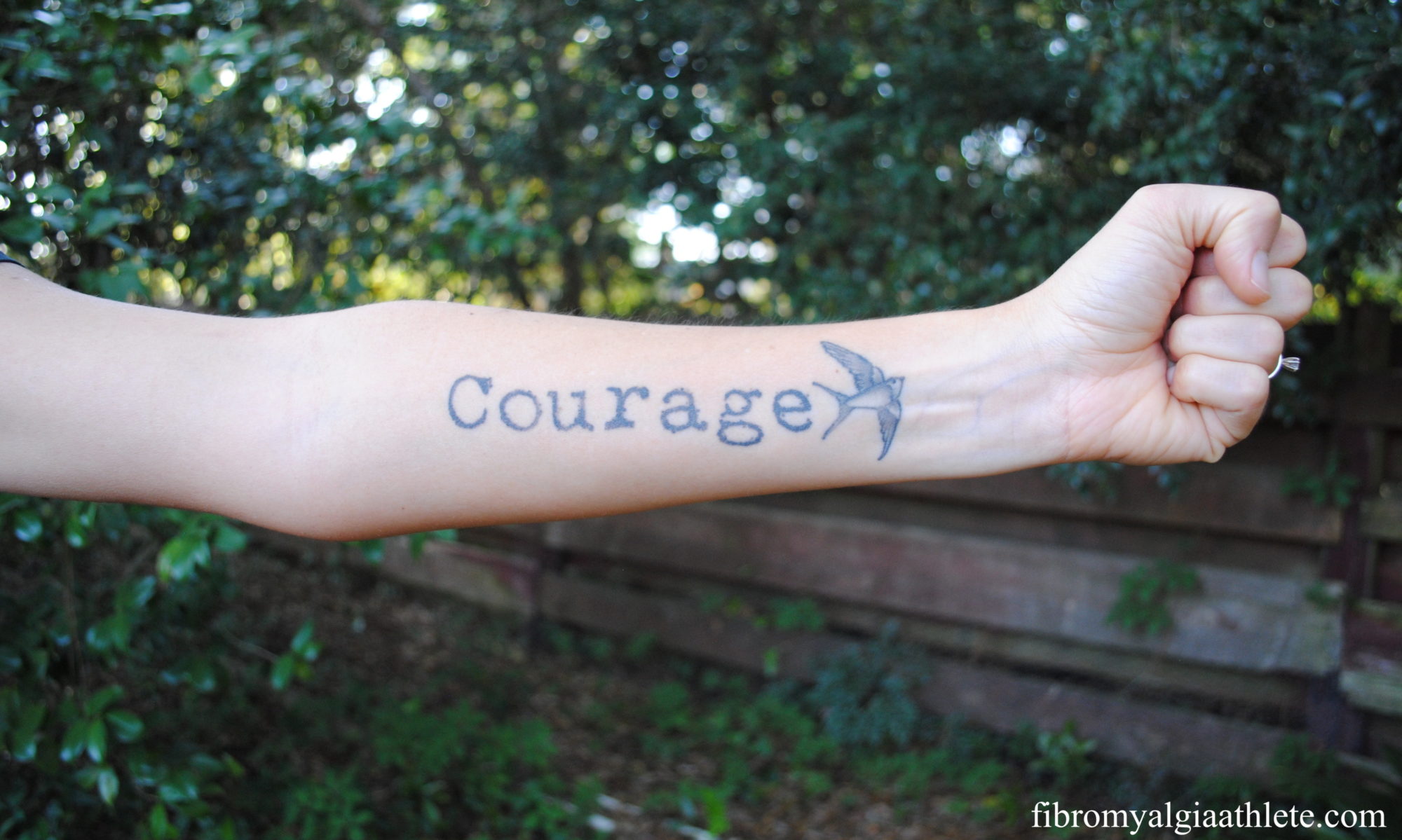
“Do you still have fibromyalgia now that you have Lyme disease?” This is a question I get more often than I care to acknowledge. The intention behind the inquiry is often quite different from person to person. While I recognize the validity of the question, it bothers me. It’s in the best interest of chronically ill people to work together to support each other, and sometimes questioning, intentionally or not, can come across as a micro-aggression. Diagnoses of Fibromyalgia and Lyme disease often go hand in hand, and the answer to the question is more complicated than a simple yes. Here’s the short summary– getting diagnosed with Lyme disease did not erase my diagnosis of fibromyalgia. Things just make more sense now.
Which Came First?
Fibromyalgia is often diagnosed when nothing else seems to fit. I know because I’ve been down that road. Unexplained pain, sensitivities, exhaustion, fatigue– you name it, and chances are if a blood test rules out (or misses) other diagnoses, fibromyalgia comes into play. I’ve done a ton of reading lately and learned that many, many patients with late-diagnosed Lyme disease were diagnosed with fibromyalgia years before Lyme. This doesn’t mean that they don’t have fibromyalgia. It simply opens the door for a conversation about co-infections, cause and effect, chicken-and-egg theories, and, occasionally, clarity.
I’m not educated enough to form an opinion about whether Lyme disease is a cause of fibromyalgia. But I do know that they share a lot of commonalities. The overlaps, for me, are undeniable. Exaggerated pain responses, overactive nerves (especially in my right foot), crippling exhaustion, brain fog, fatigue…the list goes on and on.
I was first diagnosed with fibromyalgia as a young athlete who was living in otherwise unexplained misery. It’s worth noting that no one bothered to test me for Lyme disease or any other tick-borne infections until many years later. But does that change anything? For me, not really. Lyme disease can’t be carbon-dated. There’s no way to know if a Lyme infection was present in my body all those years ago when I was diagnosed with fibromyalgia. It’s possible that I got Lyme several years after fibromyalgia. It’s also possible that Lyme has been with me far longer than I can imagine.
Lifestyle Management
The main thing for me for both fibromyalgia and Lyme disease is lifestyle modification. Everything I eat, every action I take, every decision I make is colored by being someone with chronic illness. I eliminated gluten, dairy, most processed foods, refined sugar, and industrial seed oils from my diet a long time ago. The exception there is sugar, because sometimes exercise and exertion levels demand a quick shot of energy. But those times are quite rare for me. I made those dietary changes after I was diagnosed with fibromyalgia. All I had to do was tighten them up a little more once I talked with a Lyme specialist.
Exercise is a huge component in the management of chronic illness. I tend to err on the side of doing too much. That was certainly true long before Lyme disease was mentioned in my medical history. (Hell, this website is called Fibromyalgia Athlete for a reason.) The only way I’ve seriously modified my exercise since learning I have Lyme is to be much more careful when exercising in the heat. Babesia, a tick-borne parasite, came along for the ride with my Lyme infection. It’s largely responsible for my heat intolerance and electrolyte imbalance issues. Nowadays, I’m much more careful about spending time in the heat.
Insomnia
Sleep is a major deal for me, or, more accurately, insomnia is a major deal for me. I didn’t sleep more than a few hours a night for over a decade, most of those years falling under “the fibromyalgia years.” Insomnia is also extremely common in Lyme disease patients. So I either have a double dose of insomnia-inducing issues or one of them is the primary contributor. At this point, I don’t care which is the culprit.
Chronic illness, whether fibromyalgia or Lyme disease, will only get worse without adequate sleep. Addressing the problem rather than fixating on the possible cause is much more worth my time. In my case, for now, tweaking supplements has made a huge difference. I largely follow the Buhner Protocol and swear by Stephen Buhner’s book Healing Lyme. Good-quality hemp oil has also helped manage my chronic pain and overactive nerves. My favorite is Runners High Herbals. I’m still not sleeping enough, but for someone with longstanding fibromyalgia, Lyme disease, and babesia, I’m doing pretty damn good compared to how my sleep used to be.
Testing for Fibromyalgia and Lyme Disease
The biggest thing, I think, that really separates fibromyalgia from Lyme disease is the ability to diagnose with a blood test. The blood tests, especially those covered by insurance, are notoriously inaccurate from what I’ve read, but they do exist. As of my last reading and search, there’s no definitive blood test to diagnose fibromyalgia. The caveat there is, a lot of physcians understand that Lyme disease is every bit as much a clinical diagnosis as fibromyalgia is, and false negatives on blood tests can happen for lots of reasons.
My personal example of test failure is from my first babesia blood test. The doctor–someone I don’t use anymore–ordered a test that looked for antibodies. The Lyme specialist later explained to me that that test was pointless. Because with an IgM of 27, there was no way my body could’ve made enough antibodies to show up on the babesia test. His theory was immediatley proven correct when he started me on babesia meds and I felt and saw immediate results. Since there isn’t a blood test for fibromyalgia, I didn’t have to go through any ups and downs with false positives or negatives.
Every case of fibromyalgia and every case of Lyme disease is different. No disease process looks exactly the same from one person to another. I think it’s important, especially if fibromyalgia treatments aren’t working for you, that you get tested for Lyme disease if you think there’s a shadow of a chance you could have it. The thinking on Lyme varies greatly from doctor to doctor, but that’s also true of fibromyalgia.
Books
As with anything, keep looking until you find a practitioner who respects you and treats you as a person and not just a number. A good place to start for more reading about both fibromyalgia and Lyme disease is in books. Two of my favorites are Healing Lyme by Stephen Buhner and Why Can’t I Get Better by Richard Horowitz. Whether you have fibromyalgia or Lyme disease or both, the important thing is getting the help you need to live the life you want. Both fibromyalgia and Lyme disease can be lifelong journeys. Expanding your knowledge base and finding competent practitioners can go a long way toward a better life.
